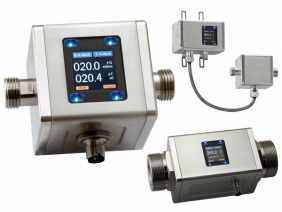UHP Diaphragm Valves (or ultra-high purity diaphragm valves) are critical components utilised in many clean applications by industries including semiconductor, food & beverage, pharmaceutical & medical and high-tech research & development.
Our selection of UHP diaphragm valves from Rotarex are all assembled, tested and packaged in Class ISO 4 cleanrooms as well as individually serialised for full traceability, giving you the confidence and control you need over your high purity systems. We can offer both manual and pneumatic diaphragm valves, for high and low flow applications with options of electropolishing, springless design, replaceable seat design, tied diaphragms, electric limit switches and more.

